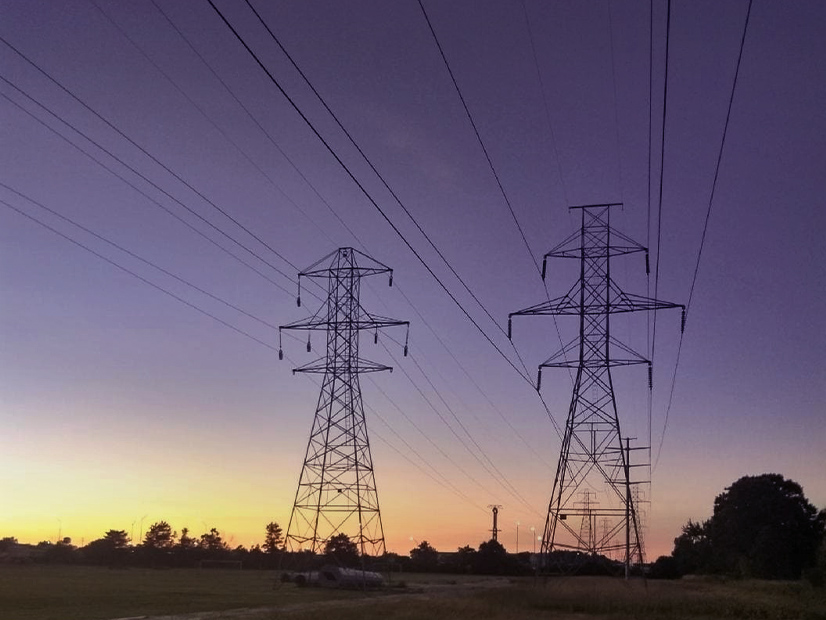MISO and SPP said Friday they have numerous constrained flowgates that could become candidates for smaller, cross-border transmission projects.
The RTOs unveiled a list of their congested flowgates ripe for targeted market efficiency projects (TMEPs) during an Interregional Planning Stakeholder Advisory Committee (IPSAC) teleconference. It’s the first time they have searched for TMEPs. (See MISO, SPP Take on 2nd Interregional Planning Effort.)
The grid operators said that based on preliminary day-ahead market data, they have “numerous” constraints that have amassed a half million dollars or more in congestion annually.
SPP’s Neil Robertson said the frequently congested Neosho-Riverton flowgate on the Kansas-Missouri border was unsurprisingly “prominent” on the list of the most chronically congested permanent flowgates. With $71.6 million in market-to-market (M2M) charges since 2015, the flowgate is responsible for 20.9% of the $341.87 million in M2M settlements.
Neosho-Riverton’s $27 million of congestion charges the last two years is second to the Fargo-Sheyenne flowgate in North Dakota, which racked up about $36.5 million in congestion during 2020-2021.
The rest of the six most congested flowgates each accumulated anywhere from $12 million to $19 million in congestion charges during that timeframe. Robertson said staffs “commonly” found congestion in the Dakotas and along the Arkansas-Oklahoma and Kansas-Missouri borders.
Robertson said the RTOs are using their day-ahead market congestion values in their analysis because the “nuts and bolts” of their market clearing engines differ.
MISO and SPP are trying to get the most accurate congestion data, Robertson said, because congestion data determines which flowgates could use transmission improvements and how project costs are split between the RTOs.
He said the grid operators had gathered a “preliminary sampling” of congestion values that will be refined in the coming weeks. He also said staff are considering evaluating certain temporary flowgates for TMEP solutions and that some temporary flowgates could become permanent.
Robertson said the RTOs are borrowing from the MISO-PJM TMEP playbook, which has approved three small portfolios since 2017. MISO and PJM are working on another possible set of projects.
MISO and PJM TMEPs must cost less than $20 million, completely cover installed capital cost within four years of service and be in service by the third summer peak from their approval. The projects are assessed using a shorter time horizon than interregional market efficiency projects.
“We had to start somewhere, as I like to put it … moving the conversation forward,” Robertson said. He added that MISO and SPP could tweak some of the existing criteria.
He said using a $20 million cost cap, a third summer peak in-service date, and drawing on two years’ worth of historical congestion to determine project needs seems to make sense for the RTOs. The thresholds will ensure that a TMEP study doesn’t encroach on other, longer-term interregional planning on the MISO-SPP seam, he said.
Robertson said MISO and SPP have “vast” support to move ahead with the TMEP concept.
American Clean Power Association’s Daniel Hall asked the RTOs to share whether a project candidate barely misses or slightly overshoots the project criteria. He also said while ACP is a “strong supporter” of a TMEP study, he doesn’t want to see the projects become “Band-Aid solutions to more efficient and effective” projects.
Robertson said MISO and SPP are holding off on finalizing any criteria until they have a better picture of congestion data.
The RTOs don’t plan on recommending a list of TMEP projects until the end of the year. They don’t envision designing regional cost-allocation methods or filing with FERC for approval of a TMEP process until the first quarter of 2023.
MISO and SPP will hold another IPSAC teleconference Sept. 20.




